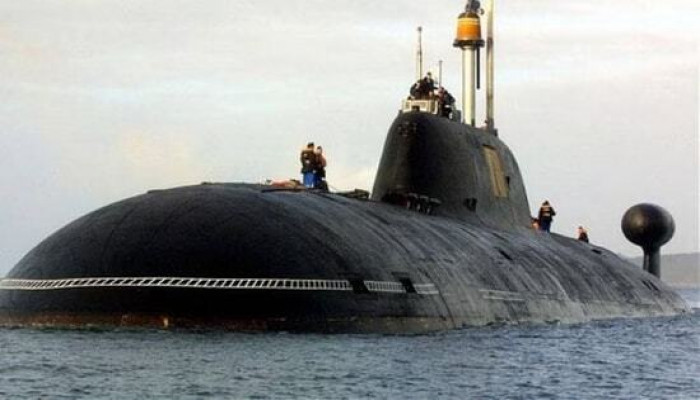India’s second nuclear-powered submarine INS Arighat commissioned
- In Reports
- 03:48 PM, Aug 29, 2024
- Myind Staff
India has bolstered its maritime capabilities by commissioning its second nuclear-powered ballistic missile submarine (SSBN), INS Arighat. As a key addition to the Strategic Forces Command (SFC), the induction of INS Arighat signals India’s growing focus on securing its strategic interests in the Indo-Pacific region. A former naval officer commented, “This move places India in a stronger position to deter aggression, particularly from regional powers like China, which has been rapidly expanding its naval presence.”
INS Arighat is India's second indigenously developed SSBN, following the commissioning of INS Arihant in 2016. This latest addition marks a significant advancement in India's maritime strategic expansion, showcasing improved technological capabilities over its predecessor. Equipped with the indigenous K-15 ballistic missile, capable of striking targets up to 750 kilometres away, INS Arighat represents a critical component of India’s nuclear triad. Its ability to stay submerged for long durations, powered by nuclear propulsion, makes it an effective second-strike platform, which is central to India’s nuclear deterrence strategy.
The submarine's strategic role is further enhanced by its patrol capabilities in the Indo-Pacific region. As India's geopolitical focus increasingly shifts towards this area, the addition of a second SSBN strengthens its deterrence posture against potential naval threats. With rising tensions and aggressive military movements, particularly from China, the presence of INS Arighat ensures continuous patrol and deterrence operations, vital for maintaining stability in the region.
The commissioning of INS Arighat also gains significance when viewed against the backdrop of China’s expanding naval capabilities. Currently, China operates six Jin-class SSBNs, each armed with JL-2 ballistic missiles capable of reaching targets 7,200 kilometres away, which greatly surpasses the range of India's K-15 missiles. Despite this disparity, India's emphasis on the indigenous development of nuclear submarines illustrates its long-term commitment to safeguarding its maritime boundaries and asserting its influence in the Indo-Pacific region.
China’s rapid naval build-up, which includes more advanced SSBNs, aligns with its broader strategy to assert dominance in the South China Sea and beyond. India’s commissioning of INS Arighat, along with the expected induction of its third SSBN, INS Aridaman, acts as a strategic counterbalance to China’s growing influence. Although India's SSBN fleet may be smaller, the technological sophistication of its submarines and India's strategic geographic position provide a significant deterrence capability.
INS Arighat’s commissioning not only represents a milestone for India’s naval forces but also signals more substantial developments in India’s maritime strategy. The next phase of India’s SSBN program involves the construction of larger submarines capable of carrying ballistic missiles with a range of up to 3,000 kilometres. Such advancements will further enhance India’s second-strike capability, solidifying its position as a formidable player in the Indo-Pacific region.
Nevertheless, challenges remain. India’s naval ambitions necessitate ongoing technological innovation, crew training, and maintenance to ensure the operational readiness of its sophisticated SSBN fleet. The expansion also calls for robust logistical and support systems to sustain these strategic assets.
The commissioning of INS Arighat is a landmark moment in India’s maritime history, demonstrating the nation’s determination to protect its interests in the increasingly contested Indo-Pacific region. As India continues to build its naval capabilities, particularly in comparison to China, the strategic dynamics of the region are likely to shift. INS Arighat, with its advanced technology and strategic capabilities, underscores India’s commitment to maintaining peace and stability in the Indo-Pacific.
Image source: Hindustan Times







Comments